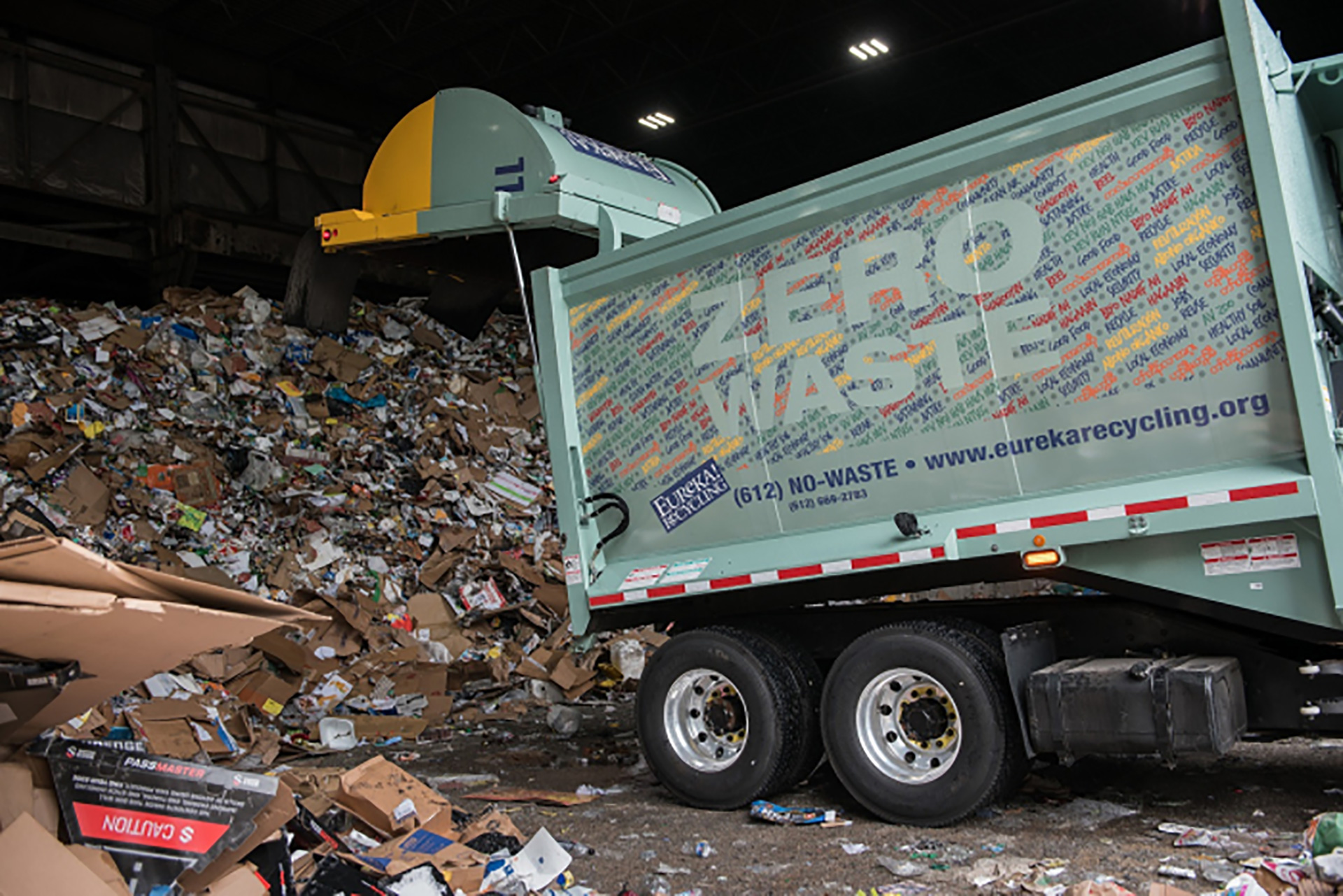
Recycling: a concept that, by now, most thoughtful consumers are familiar with, no matter where you are in the world. It’s as easy as putting a can into a separate bin, rinsing a milk jug, or holding onto old office paper. But what goes on from there is no less important.
In the cafe setting, recycling has been working its way into operations for decades, and today recycling is a nuanced effort that affects dozens of commodities. How does it fit into the modern cafe? Where do those milk jugs go?
That’s a big question, and it differs from states to state and city to city. To learn more let’s look at one example of how recycling works in my home city of Minneapolis. Here in the state of Minnesota, our recycling program is funded state-wide, and several counties have a legal mandate requiring recycling in a commercial setting, but that still means encouraging daily action from the ground up in coffee shops. “We have a sign indicating that guests can leave all recyclables in the bus bin and we’ll recycle it,” said Caitlin Shrestha, owner of Anelace Coffee in Northeast Minneapolis, MN. This approach takes the onus off the guests and is a way for management to take responsibility. “I try to ensure all our recyclables are rinsed and then properly put into our bins. From there they are picked up and hauled to a recycling plant,” she said.
“I empty the recycling bin at the end of my shift,” said Parallel MN barista Matthew Herrick. “We have standard blue recycling bins, but it’s a crapshoot of what makes it into the proper receptacle. If I see something in the trash that’s clearly recyclable I’ll move it over,” Herrick tells me. Once these commingled items hit the larger bin they are picked up by a hauler and moved to Eureka Recycling Center in Minneapolis, located just off Hennepin Avenue in NE Minneapolis.
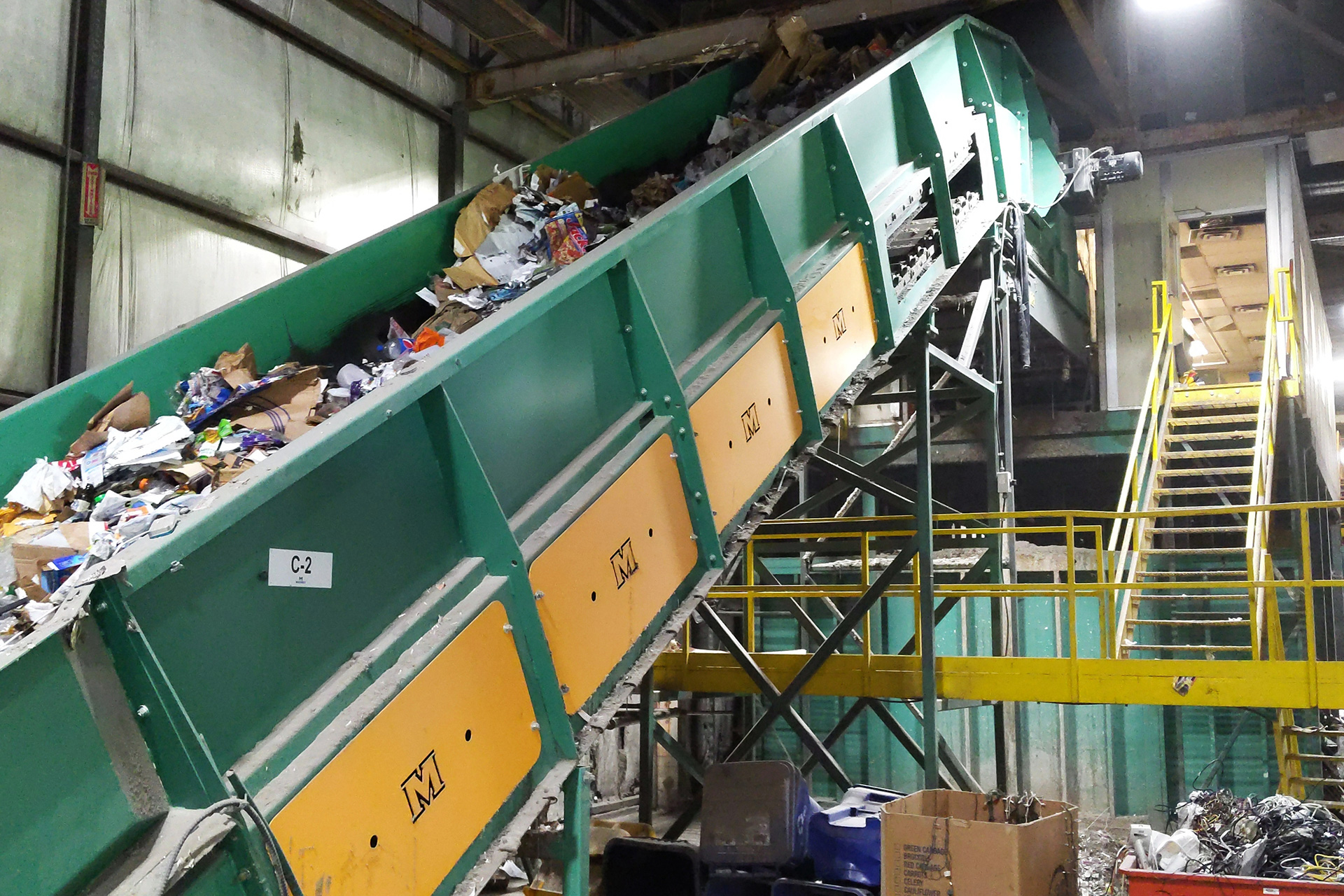
Eureka is one of four zero-waste nonprofit recycling facilities in the United States. In 2016 they beat out the biggest player in the waste game, Waste Management, for the city contracts in Minneapolis and St. Paul, MN. Eureka co-presidents Lynn Hoffman and Kate Davenport sat down with Sprudge and explained the recycling chain.
In the Twin Cities, all recyclables can be thrown into one bin and will be sorted later on. Eureka recycles 15 commodities at their facility, which is primarily a sorting and processing center, Hoffman tells me. The facility itself is reminiscent of an adult version of the game Mouse Trap: conveyors are running, paper whirling, and piles (in the tons) of all kinds of separate goods waiting in triage. Ahead of those, multi-level catwalks and entire rooms are laid out for human hands sorting as fast as possible. Once properly filtered, and once non-recyclable debris has been removed, several of the commodities are smashed into art-like cubes. From there, the separate commodities are sold off to other facilities, some for more processing and others directly back to be repurposed.
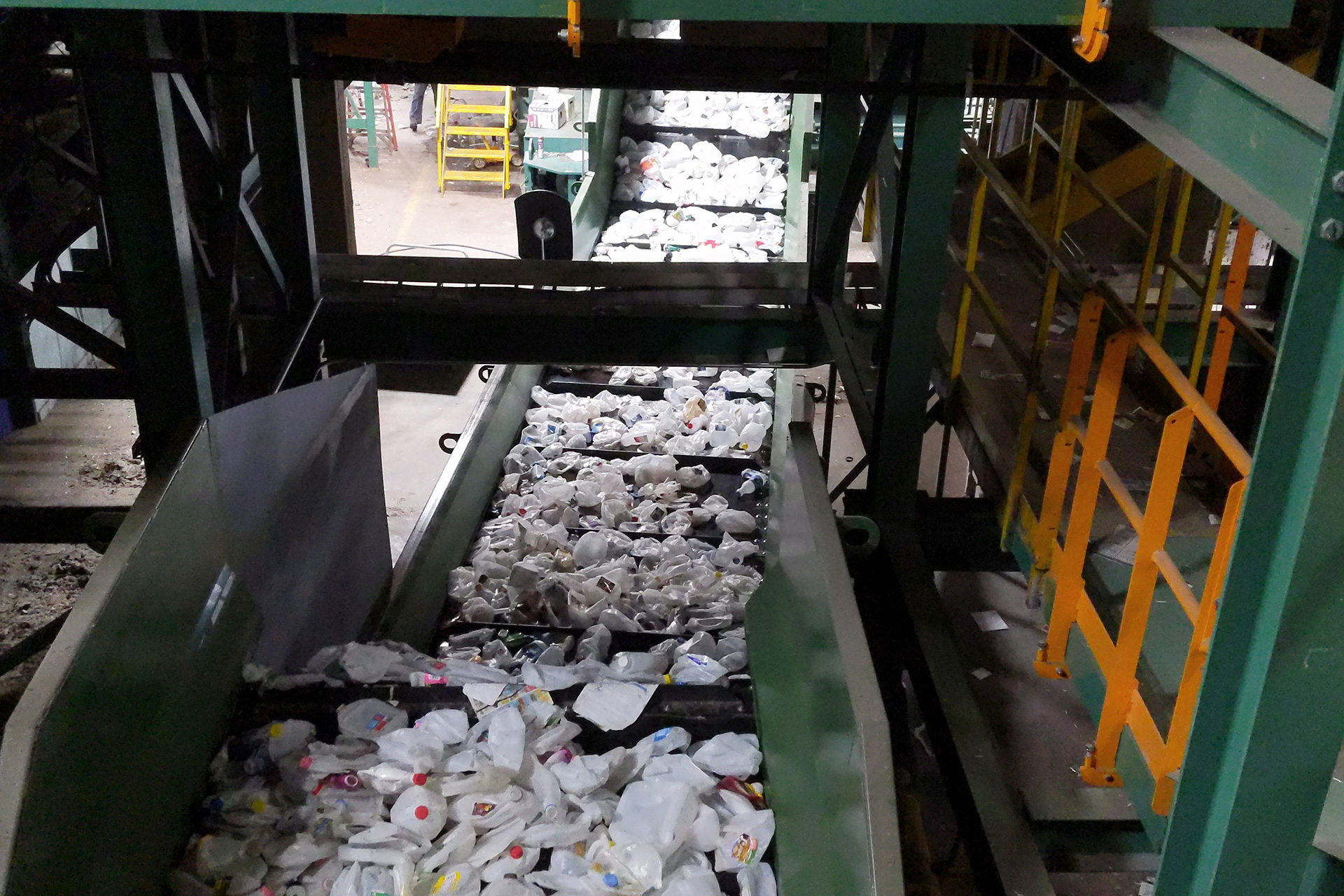
Back to that milk jug, for example, it is plastic PET #2 or high-density polyethylene. After this jug arrives at the facility, it is dumped onto a conveyor and ricochets up a set of electric stairs. This constantly rotating staircase is full of bouncing plastic. If there is still milk in the jug, it will not be sorted properly. Items are sorted by size, shape, and weight. A heavy jug will not pass the inspection test. So rinse those milk containers and make it easier for the people sorting in these facilities. Once sorted it is smashed into the aforementioned cube and sent on its way, in this case, direct to market.
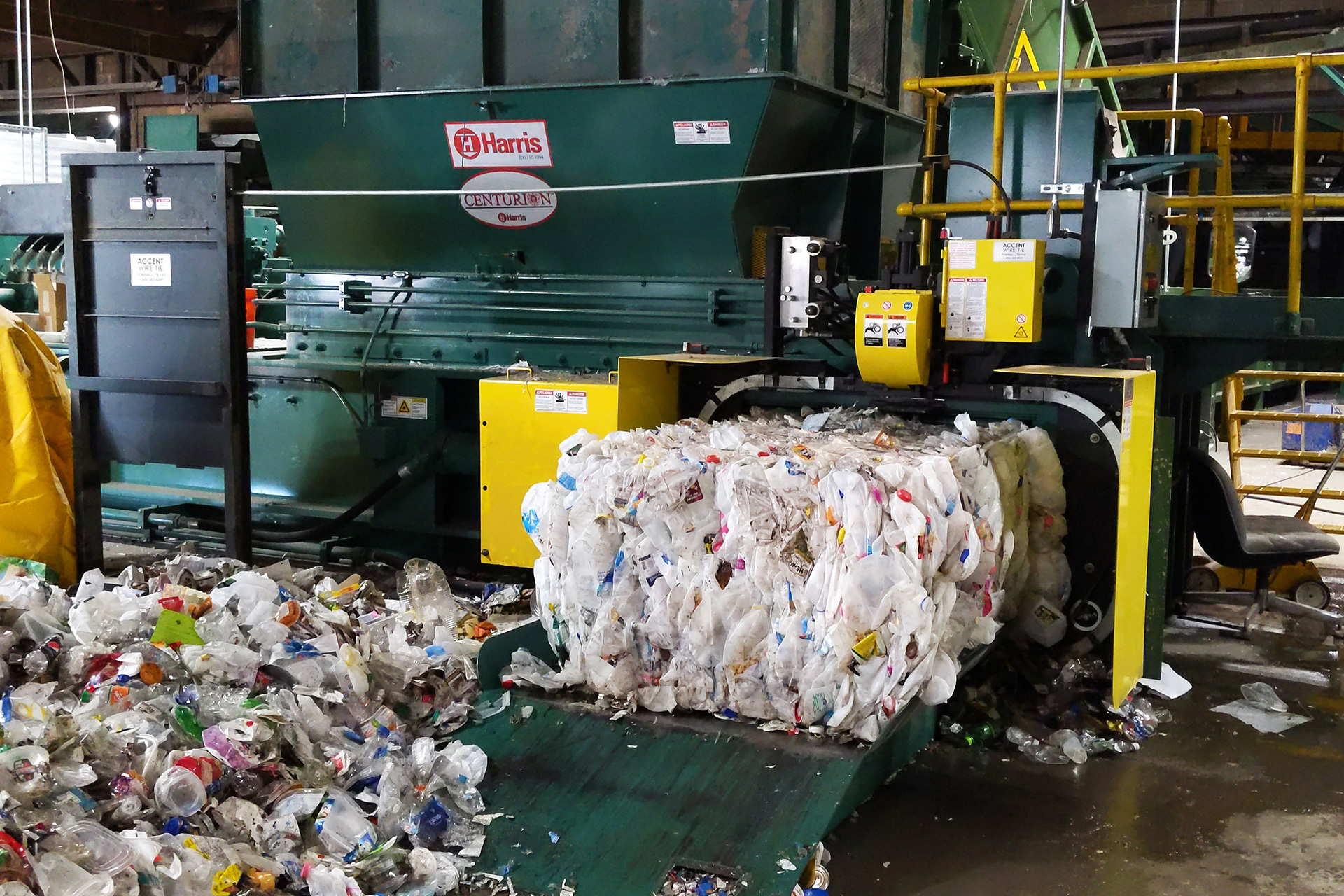
“95% of products we sort and process stay within the Midwest—we could sell it all over the world for a better rate, but that is not what we’re about,” says Davenport. This is the philosophy for all of the goods that go through the doors of Eureka. The option of working with a commodities broker is there, but at this facility, they ask for full transparency. “We want transparency of where it is going and what’s it being turned into,” said Davenport. If fair trade recycling were to exist, this might be the model. But currently there is no federal regulation, nor is there a third-party governing body that has created a fair trade recycling system, yet.
Each commodity leaves Eureka in bale/cube form and some cubes go directly to the repurposing facility. Others go through a few (or many) more steps. According to these two experts, aluminum is the best material to recycle repeatedly and single-use plastics are at the bottom of the list. “Plastics (and paper) lose their integrity each time they are melted down. Milk jugs and such are being repurposed into durable plastic items like deck chairs,” said Hoffman. “Ultimately it is best to reduce,” said Davenport.
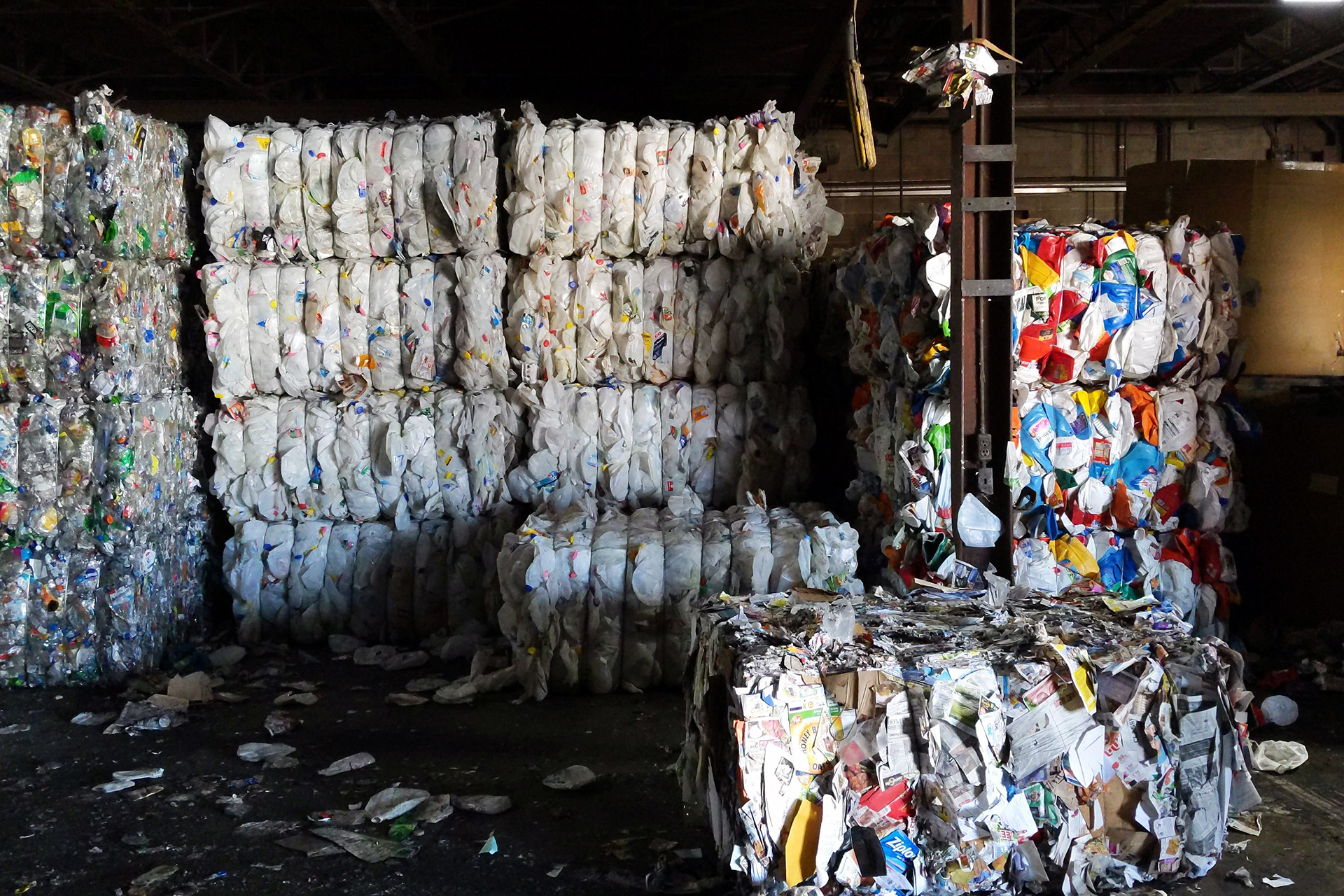
“As well, in terms of coffee, poly-lined cups are not recyclable,” she added. “They are the highest contaminant in recycling and composting,” said Hoffman. Cafes might instead encourage guests to use a reusable mug (such as a KeepCup), and offer a discount for bringing one’s own cup.
“It is our responsibility as coffee professionals to educate the guest about the coffee chain,” said Shrestha. “I don’t see why this can’t carry over into recycling.”
Will Hebert is a freelance journalist and coffee professional based in Minneapolis, Minnesota. This is Will Hebert’s first feature for Sprudge.
The post Where Does My Empty Milk Jug Go? appeared first on Sprudge.

